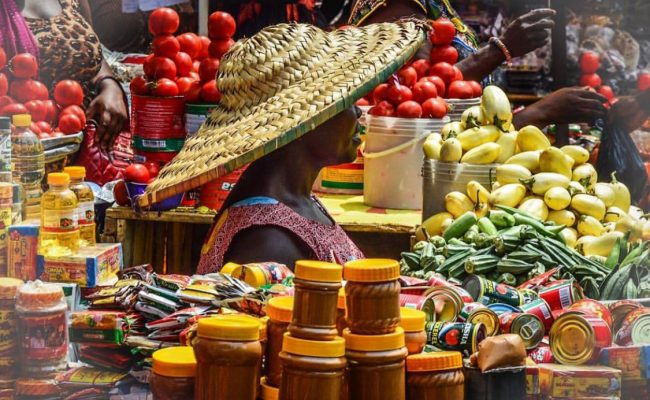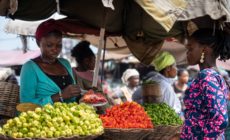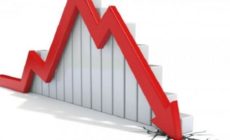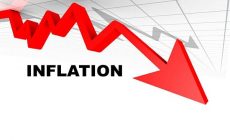Inflation hits transport, others by 29.8% in June 2022
- Posted on
- Comment

Year-on-year inflation shot up further by 2.2% to 29.8% in June 2022, the latest data from the Ghana Statistical Service (GSS) has revealed.
This is the highest recorded since December 2003.
However, the rate of inflation, according to the inflation curve, has begun slowing down comparatively to previous months.
The rate of inflation was once again driven by Transport (41.6%); Household Equipment and Maintenance (39.6%); Housing, Water, Gas and Electricity (38.4%); Personal Care and Miscellaneous (31.7%); Recreation, Sports and Culture (31.3%) and Food and Non-Alcoholic Beverages (30.7%). These items recorded inflation rates higher than the national average.
According to the figures, food inflation surged to 30.7% in June 2022, from 30.1% recorded in May 2022. Non-food inflation also went up by 3.4% to 29.1% in June 2022.
For food inflation, Oil and Fats (58%); Water (43.2%); Cereal Products (38.4%); Fruit and Vegetable Juices (37.3%); Milk, Diary Products and Eggs (35.7%); Fish and Other Sea Food (34.7%); Live Animals and Meat (33.5%); Soft Drinks (31.1%); Cocoa Drinks (30.9%) and Sugar and Deserts (30.1%) recorded the highest rates of inflation.
Similarly, month-on-month inflation between May 2022 and June 2022 was 3.0%.
Whilst inflation for locally produced items was 29.2%, that of imported items was 31.3%.
The Eastern region recorded the highest inflation rate of 35.8% in the month of June 2022.
It was followed by Western region with an inflation rate of 33.9% and then Central region with an inflation rate of 31.6%.
On the other hand, the Greater Accra and Ashanti regions recorded inflation rates of 30.9% and 27.2% respectively.
The Upper East region recorded the lowest rate rate of inflation of 21%. The region again recorded the lowest inflation rate of 19.9% for food inflation.
Eastern region registered the highest rate of inflation of 35.5% for non-food inflation.










 (Selorm) |
(Selorm) |  (Nana Kwesi)
(Nana Kwesi)